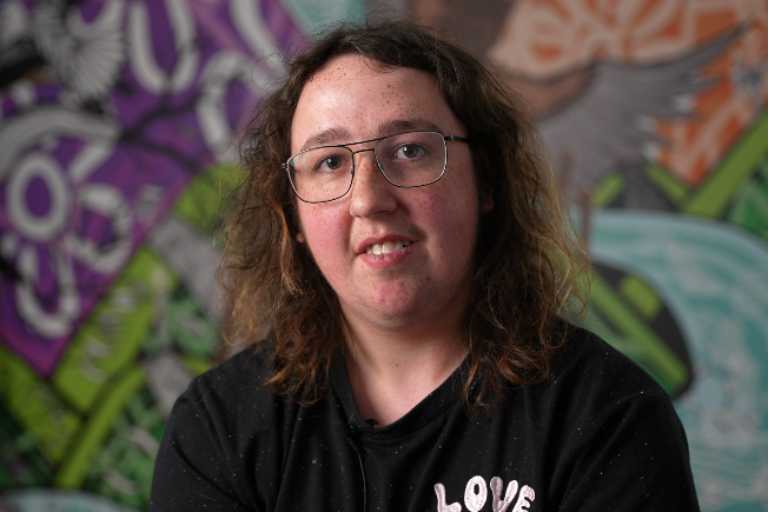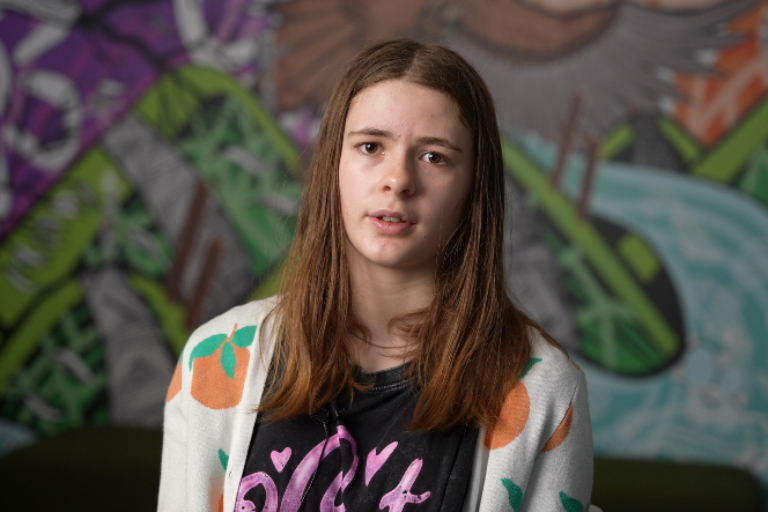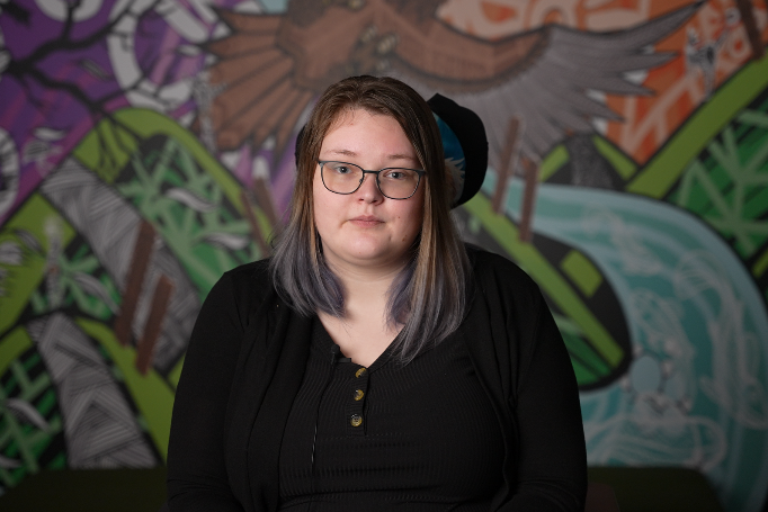This zine is created by Fay, a proud Palawa person.
Message from Fay:
The zine is information on how to make a complaint in a culturally safe way linking to resources at FPDN and VACCHO as the two main indigenous organisations involved in NDIS. It is also in plain English for people with English as a second language/intellectually disabled mob and just affirming that they can and should make complaints about anything they need to.
Download Fay’s art (Zine version)
Fay’s art (Accessible Word version)
![[Image description: The Flags for Australia’s First Nations peoples; the Aboriginal flag, a yellow circle with the background divided into black at the top and red below; and the Torres Strait Islander flag with a white traditional headdress and a white star on a blue and green striped background.] If … • You feel unsafe • Are treated badly you can complain. [Image description: Simple illustration of a First Nations girl with a lot of hair, looking a bit nervous with her hands in her lap. She is wearing a shirt featuring the Aboriginal flag, using a manual wheelchair, and wearing a yellow and brown headband.] How? On the NDIS website • Online form • Phone call • Email • Meeting in person Or … FPDN First Peoples’ Disability Network can help you make a complaint and advocate for you. [Image description: Logo for the First People’s Disability Network featuring red, green, blue and yellow curved lines and circles in the shape of Australia.] VACCHO Victoria Aboriginal Community Controlled Health Organisation has workers that can help you and visit rural mob. [Image description: Logo for VACCHO with black text under artwork depicting an overhead view of the tracks of four people coming together over a map of Victoria.] Community Your old people and trusted adults can help you make a complaint and have yarns about the process. You matter Your voice is the most important, let it be heard. More information • ndis.gov.au • fpdn.org.au • vaccho.org.au Stay deadly.](https://righttobeheard.org.au/app/uploads/resized/2025/05/FAY-zine-JPEG-Final-768x0-c-default.png)


